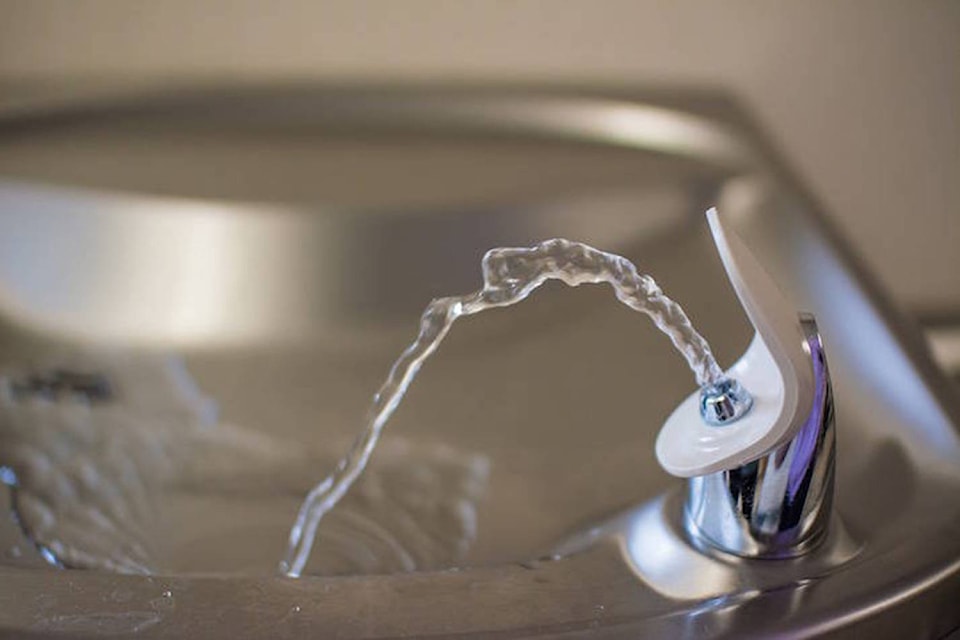A massive Canada-wide investigation found hundreds of thousands of Canadians had been exposed to high lead levels in their water. Thankfully, that hasn’t the case for students in the Fraser Cascade school district.
A year-long investigation by more than 120 journalists across a number of organizations found that a third of tests since 2014 had resulted in lead levels that were higher than the the national safety guideline of five parts per billion.
These 12,000 tests looked at 11 cities across the country; some examined schools, which included one in Oakville, Ont. which was found to have lead in the water at 140 ppb — more than 28 times the national safety guideline.
RELATED: Investigation: Lead in some Canadian water worse than Flint
In Agassiz and Hope schools, however, that doesn’t seem to be an issue.
According to Doug Templeton, director of facilities and transportation, the school district underwent a district-wide round of testing for lead in July of this year. Those results are expected to be ready to present at a future facilities board meeting, and Templeton said they were consistent with previous tests.
The last published test results were from March 2017, when SD78 tested all 13 of the district-owned or -leased buildings.
School districts must complete lead content testing on all school facilities at least once every three years, and report their findings to the Ministry of Education.
In 2017, sink was chosen in a room of each building — for example, AESS was tested using the kitchen sink, while Kent Elementary was tested in Classroom 6 — and a lead level was taken. Templeton said the district tests the water at the source, which for all buildings other than Kent Elementary is the municipal or regional water system, as well as at the end of the longest line in the building.
In all schools, there was no resulting lead in the water.
Templeton explained that Fraser Cascade’s good results came from a number of factors, including the recent replacement of the water distribution system at school’s like AESS.
Although schools as old as AESS would have likely used lead-based piping — AESS is the oldest, having been constructed in 1950, while other schools were built between 1960 and 1999 — maintenance programs replaced those systems with PVC pipes.
The district also flushes the water systems on a regular basis to “maintain good practices,” Templeton said.
The lack of lead in SD78’s water is in contrast to levels in other nearby school districts, such as Chilliwack.
RELATED: Drinking water in Chilliwack schools is safe: District
In Chilliwack, a number of schools tested above 5 ppb, including A.D. Rundle (three of seven tests were above the guideline), Cheam Elementary (which had one test at 33 ppb in 2017) and Watson Elementary (which had the highest test at 105 ppb, although the date is unknown).
As of March 2019, all tests above 5 ppb must result in immediate action from the school district. Before that, it was 10 ppb. The Chilliwack school district said it had taken done so.
-with files from Paul Henderson
grace.kennedy@ahobserver.com
Like us on Facebook and follow us on Twitter
